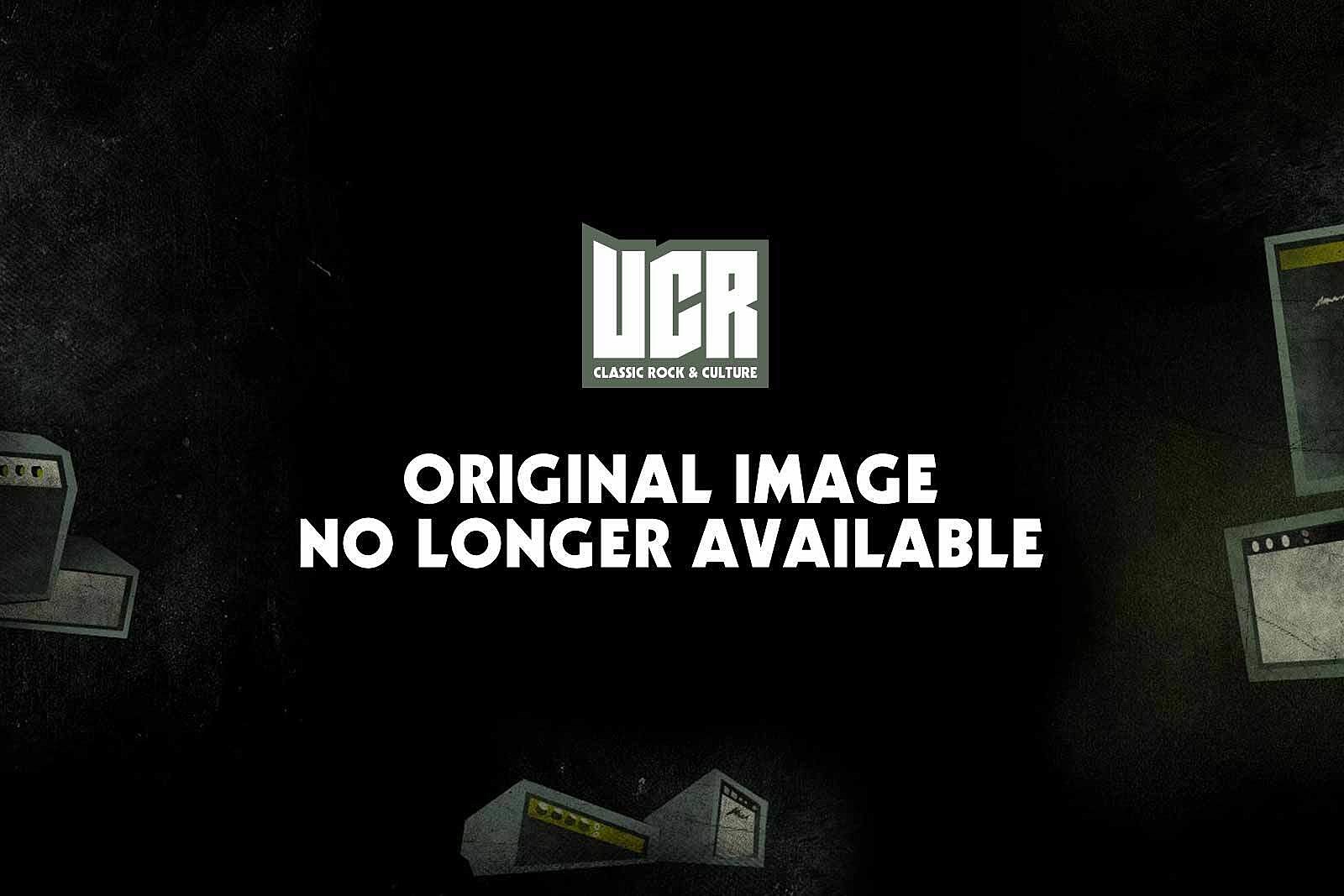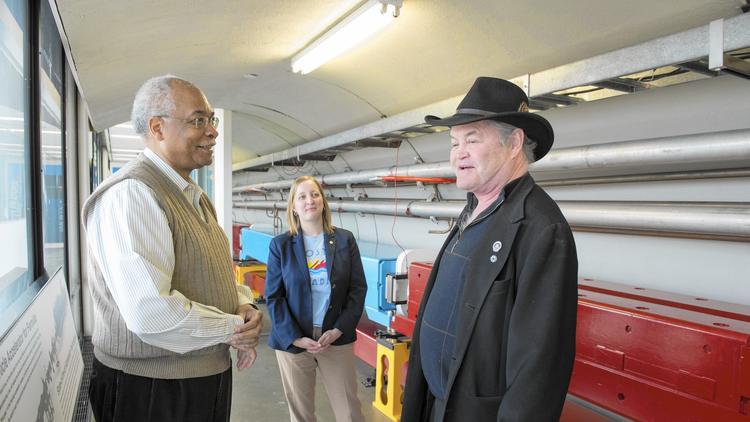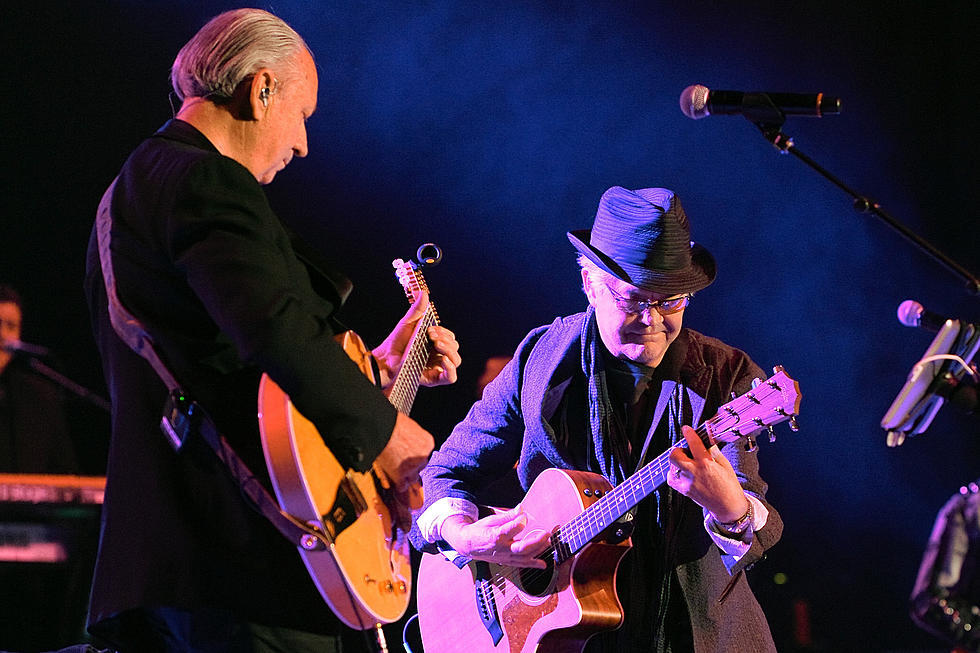by Harrison Smith February 21, 2019
The Washington Post
The Monkees, in 1966, featured Davy Jones, Peter Tork, Micky Dolenz and Mike Nesmith. The made-for-TV pop band spawned a frenzy of merchandising, record sales and world tours that became known as Monkeemania.
Peter Tork, a blues and folk musician who became a teeny-bopper sensation as a member of the Monkees, the wisecracking, made-for-TV pop group that imitated and briefly outsold the Beatles, died Feb. 21. He was 77.
The death was
announced by his official Facebook page, which did not say where or how he died. Mr. Tork was diagnosed with adenoid cystic carcinoma, a
rare cancer affecting his tongue, in 2009.
If the Monkees were a manufactured version of the Beatles, a “prefab four” who auditioned for a rock-and-roll sitcom and were selected more for their long-haired good looks than their musical abilities, Mr. Tork was the group’s Ringo, its lovably goofy supporting player.
On television, he performed as the self-described “dummy” of the group, drawing on a persona he developed while working as a folk musician in Greenwich Village, where he flashed a confused smile whenever his stage banter fell flat. Off-screen, he embraced the Summer of Love, donning moccasins and “love beads” and declaring that “nonverbal, extrasensory communication is at hand” and that “dogmatism is leaving the scene.”
A versatile multi-instrumentalist, Mr. Tork mostly played bass and keyboard for the Monkees, in addition to singing lead on tracks including “
Long Title: Do I Have to Do This All Over Again,” which he wrote for the group’s psychedelic 1968 movie, “Head,” and “
Your Auntie Grizelda.”
At age 24, he was also the band’s oldest member when “The Monkees” premiered on NBC in 1966. Not that it mattered: “The emotional age of all of us,” he told the New York Times that year, “is 13.”
Created by producers Bob Rafelson and Bert Schneider, “The Monkees” was designed to replicate the success of “A Hard Day’s Night” and “Help!,” director Richard Lester’s musical comedies about the Beatles.
The band featured Mr. Tork alongside Michael Nesmith, a singer-songwriter who played guitar, and former child actors Micky Dolenz and Davy Jones, who played the drums and sang lead, respectively. Like their British counterparts, the group had a fondness for mischief, resulting in high jinks involving a magical necklace, a monkey’s paw, high-seas pirates and Texas outlaws.
“The Monkees” ran for only two seasons but won an Emmy Award for outstanding comedy and spawned a frenzy of merchandising, record sales and world tours that became known as Monkeemania. In 1967, according to
one report in The Washington Post, the Monkees sold 35 million albums on the strength of songs such as “Daydream Believer,” “
I’m a Believer” and “
Last Train to Clarksville,” which all rose to No. 1 on the Billboard record chart.
Almost all of their early material was penned by a stable of vaunted songwriters that included Carole King,
Gerry Goffin, Neil Diamond, David Gates, Neil Sedaka, Jeff Barry, Tommy Boyce and Bobby Hart. But while the band scored a total of six Top 10 songs and five Top 10 albums, they engendered as much critical scorn as commercial success. In one typical review, music critic Richard Goldstein declared, “The Monkees are as unoriginal as anything yet thrust upon us in the name of popular music.”
When the Monkees landed in Tokyo in 1968, around 1,000 fans gathered to see them arrive.
Detractors pointed to the fact that the band, at least initially, existed only in name. While the Monkees appeared on the cover of their debut album and were shown performing on TV, their instruments were actually unplugged. The songs were mostly done by session musicians — much to the shock of Mr. Tork, who recalled walking into the recording studio in 1966 to help with the group’s self-titled debut.
He was “mortified,” he later told CBS News, to find that music producer
Don Kirshner, dubbed “the man with the golden ear,” didn’t want him around. “They were doing ‘Clarksville,’ and I wrote a counterpoint, I had studied music,” Mr. Tork said. “And I brought it to them, and they said: ‘No, no, Peter, you don’t understand. This is the record. It’s all done. We don’t need you.’ ”
After the release of the band’s second album, “More of the Monkees” (1967), Mr. Tork and his bandmates wrested control of the recording process and wrote and performed most of the songs on records including “Headquarters” (1967) and “Pisces, Aquarius, Capricorn & Jones Ltd.” (1967).
They also started touring, playing to sold-out stadium crowds and backed by opening acts that briefly included guitarist Jimi Hendrix. But as Mr. Tork’s musical ambitions grew, leading him to envision the Monkees as a genuinely great group of rockers, he began to clash with bandmates who saw the Monkees as more of a novelty act.
He left the group soon after the release of “Head,” a satirical, nearly plot-free film flop that featured a screenplay co-written by actor Jack Nicholson. Mr. Tork seemed to have taken his cue from musician Frank Zappa, who made
a cameo in the movie, telling Jones’s character that the Monkees “should spend more time” on their music “because the youth of America depends on you that show the way.”
For much of the 1970s, Mr. Tork struggled to find his own way. He formed an unsuccessful band called Release, was imprisoned for several months in 1972 after being caught with “$3 worth of hashish in my pocket,” and worked as a high school teacher and “singing waiter” as his Monkees wealth dried up. He also said he struggled with alcohol addiction — “I was awful when I was drinking, snarling at people,” he
told the Daily Mail — before quitting alcohol in the early 1980s.
By then, television reruns and album reissues had fueled a resurgence of interest in the Monkees, and Mr. Tork had come around to what he described as the essential nature of the music group, which he joined for major reunion tours about once each decade, beginning in the mid-’80s, in addition to performing as a solo artist.
“This is not a band. It’s an entertainment operation whose function is Monkee music,” he told Britain’s
Telegraph newspaper during a Monkees tour in 2016. “It took me a while to get to grips with that but what great music it turned out to be! And what a wild and wonderful trip it has taken us on!”
He was born Peter Halsten Thorkelson in Washington, D.C., on Feb. 13, 1942. His mother was a homemaker, and his father — an Army officer who served in the military government in Berlin after World War II — was
an economics professor who joined the University of Connecticut in 1950, leading the family to settle in the town of Mansfield.
Both parents collected folk records and bought him a guitar and banjo when he was a boy. Peter went on to take piano lessons and studied French horn at Carleton College in Northfield, Minn., where he reportedly flunked out twice before settling in New York City. At coffee shops and makeshift folk music venues, he performed with the shortened last name Tork, which had been emblazoned on one of his father’s hand-me-down sweatshirts, according to the Los Angeles Times.
Mr. Tork played with guitarist Stephen Stills before moving to Long Beach, Calif., in 1965. Stills moved west as well and auditioned for “The Monkees” after the show’s producers placed an advertisement in Variety calling for “4 Insane Boys, Ages 17-21.”
When Stills didn’t get the part — purportedly on account of his bad teeth — he suggested that Mr. Tork audition. “I went, ‘Yeah, sure, thanks for the call,’ and hung up,” Mr. Tork later told the Los Angeles Times. “Then he called me a few days later,” finally persuading Mr. Tork to try out.
He later appeared in episodes of television shows such as “Boy Meets World,” playing the love interest Topanga’s guitar-strumming father, and in recent years performed with a band called Shoe Suede Blues. Mr. Tork also released a well-received 1994 solo album, “Stranger Things Have Happened,” and partnered with folk singer James Lee Stanley for several records.
Mr. Tork’s marriages to Jody Babb, Reine Stewart and Barbara Iannoli ended in divorce. Survivors include his wife, Pamela Grapes; a daughter, Hallie, from his second marriage; a son, Ivan, from his third marriage; a daughter, Erica, from a relationship with Tammy Sustek; a brother; and a sister.
Many of the Monkees reunion tours were conducted without Nesmith, who inherited a fortune from his mother, the inventor of Liquid Paper, and worked as a country-rock musician, songwriter and producer after the band first split up. Nesmith returned to performances after
the death of Jones, the Monkees’ singer, in 2012, which helped spur a 50th anniversary reunion tour and album, “Good Times!,” four years later.
And while the Monkees were dogged by reports of squabbling and frequent tensions — Mr. Tork was once head-butted by Jones and said he dropped out of a 2001 tour because he had a “meltdown” and “behaved inappropriately” — Mr. Tork insisted that they were at their best when they were together. Their musical chemistry was special, he said, even if it was the result of a few producers looking to cast a few handsome men for a television show.
“I refute any claims that any four guys could’ve done what we did,” he told
Guitar World in 2013. “There was a magic to that collection. We couldn’t have chosen each other. It wouldn’t have flown. But under the circumstances, they got the right guys.”
 It was lame, the guys playing the group weren't funny or interesting, and it didn't stay on long, maybe 2 or 3 episodes. Micky is right about it being a stupid idea, lol. I'm not sure but I think Micky might be talking about Don Kirshner when he says someone is an idiot. They had problems with him in the 60s (especially Mike) and got him fired. But I don't know if Don was involved in the New Monkees or not.
It was lame, the guys playing the group weren't funny or interesting, and it didn't stay on long, maybe 2 or 3 episodes. Micky is right about it being a stupid idea, lol. I'm not sure but I think Micky might be talking about Don Kirshner when he says someone is an idiot. They had problems with him in the 60s (especially Mike) and got him fired. But I don't know if Don was involved in the New Monkees or not. 
 <!--
<!-- 













